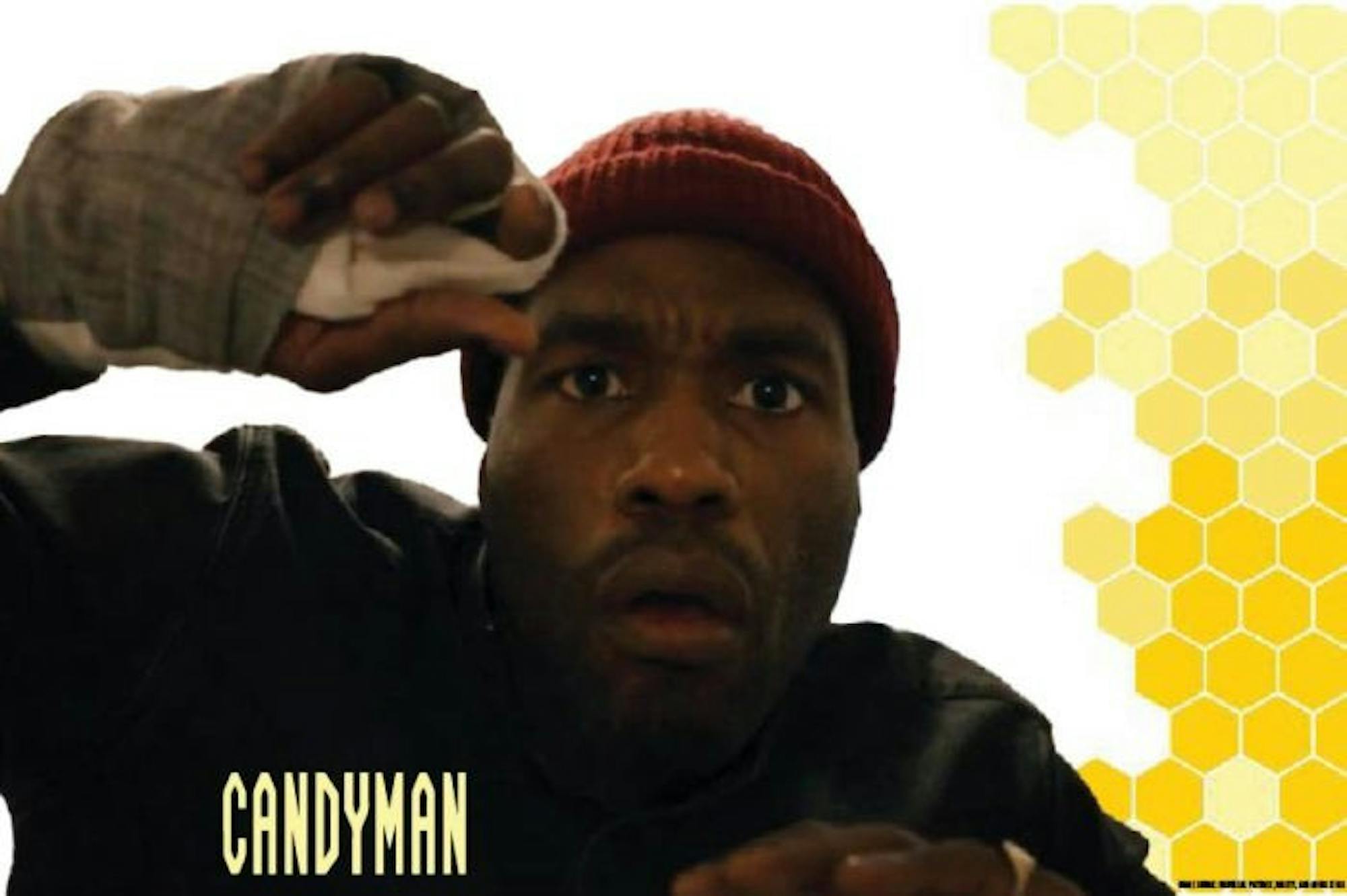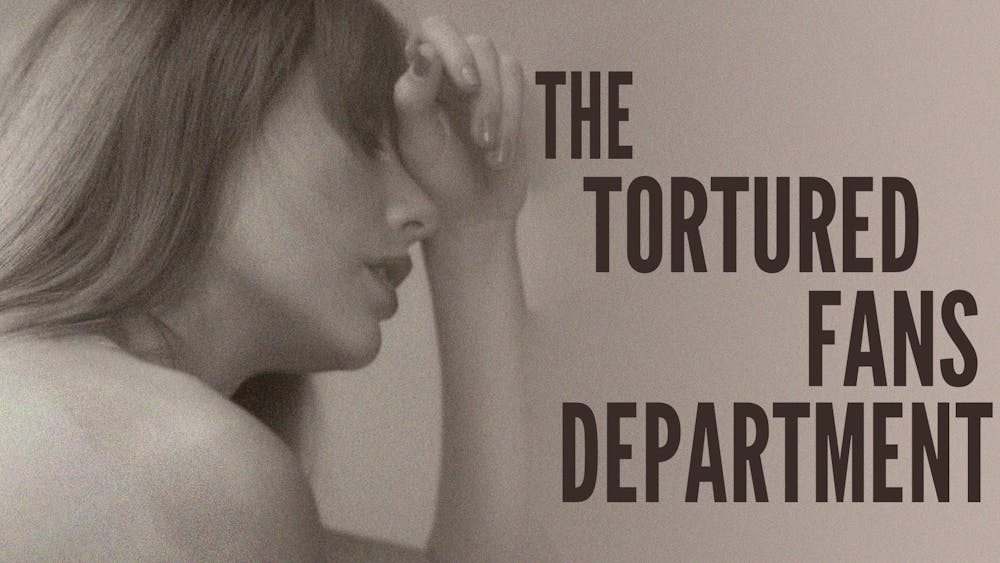
Deep beneath the rubble and ashes of Chicago’s Cabrini-Green lies a secret. Its history is written on the very souls of its last remaining residents, always lurking behind them. His face may change over time, but the name will always be remembered, along with that bloody hook. After almost 30 years since his original summoning, “Candyman” returns with new blood behind the camera.
Written by Jordan Peele and directed by Nia DaCosta, this sequel steps deeper into the hive of racial hatred and social commentary to uncover truths its predecessor could never achieve. Serving as both a direct sequel but also a fresh reboot, it is more than just a retelling. The entire craft is renovated with the most calculated execution. The themes are expanded, the symbolism is perfected and with a sprinkle of Peele’s comedic timing, the scares are just as effective. Looking at every element of the 1992 classic, “Candyman” serves as the perfect sequel.
Peele’s screenplay evolves the original story in a fresh perspective, giving the victims the voice rather than an outsider peeking through the blinds. Peele also utilizes this shift as an opportunity to redeem his own craft: he finally got the chance to write the ending he wanted to make for “Get Out.” Real life tragedy rots into cathartic horror, swarming around you to feed on your skin. It is a jaw-dropping experience, spared to the very end as a mic drop to audiences worldwide. It is because of the final scene that Peele achieves the true symbolism of the Candyman even better than its creator, Clive Barker.
With the original towers of Cabrini-Green long gone, one of the recurring themes is the cultural destruction of gentrification. What was once discarded brick and graffiti is now painted over white with clean furnishings. This re-polishing of Cabrini-Green’s ghetto is where DaCosta’s directing shines, because the film itself can be seen as a gentrification of its predecessor. She takes the floating camerawork of the 1992 classic to new levels, sweeping through the streets of Chicago as if on the prowl for its next meal. Peele himself favored her directing over his, seeing it as “refined, elegant,” which can be the coinable term for not only the neighborhood’s new apartments, but the main protagonist himself. He starts as a sculpted artist, distanced from his work with a clean conscience, but once the truth of his own soul is unmasked, he sinks deeper into the floors until it stains his very skin. The gentrified imagery lingers in the background, suffocating Cabrini-Green and serving as the true opposing force inside the walls.
Near the end of the story, the film begins to trip on its own inspiration. 1992’s Candyman was more of a prophetic voice seeking direct revenge rather than a true force of nature, so even though Peele’s evolved symbol in the hook resonates long after the credits roll, the plot decides to curve its momentum for a more faithful conflict. A contrived twist that squashes the true scale of what the themes were trying to achieve, which is very similar to the ending of its predecessor.
If this film had the chance to be released when it was supposed to, it would be just as influential and timeless as “Get Out.” Sadly, with it only coming out in theaters rather than streaming, I don’t see it gaining any longstanding following. It’s a fun watch with beautiful visuals and a great revival of the original score, enough to pick up the slack when the plot falters. From beginning to end, it sinks its hook into your heart, and with a chilling voice, whispers, “Say my name.”
Title: “Candyman”
Starring: Yahya Abdul-Mateen II, Teyonah Parris, Colman Domingo
Director: Nia DaCosta
If you like: “Get Out,” “Lovecraft Country”
Shamrocks: 4 out of 5













